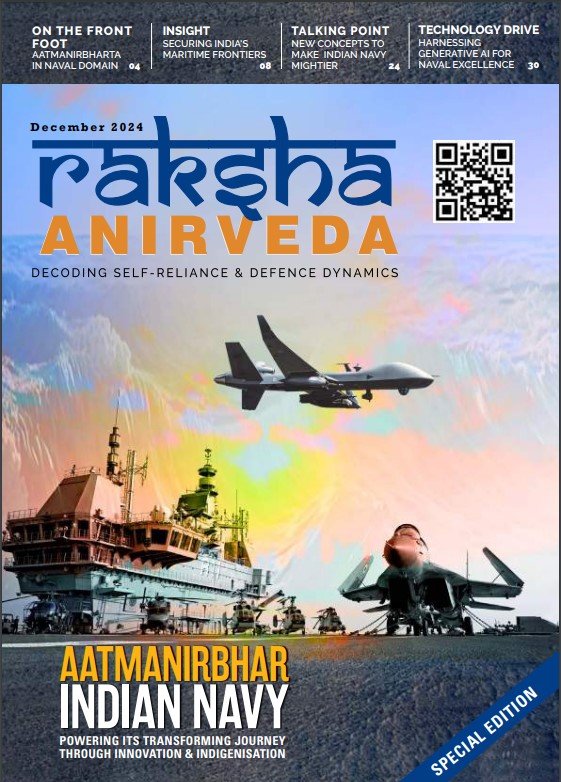Human societies progress inevitably with time; this has been a historical truth for eons. This idea applies to every aspect of human life. Since the inception of the human race, they have displayed a proclivity towards using warfare to attain their goals. While the goals for the early pre-state societies were for getting food, for those in the pre-industrial post-state societies the acquisition of territory was the main goal.
For the post-industrial, post-modern societies, warfare has evolved for the purpose of acquiring more and more strategic power.
Power is something that has constantly sharpened the edge of humankind’s emphasis on modernising its weaponry. It is in this context that the display of the MQ-9B Predator drone by the Indian Navy is all set to be a game changer for the Indian naval and defence sector.
The Indian government in a whopping $3 billion deal with the US government bought 31 MQ-9B Predator drones. Out of these 15 drones will be deployed by the Indian Navy and will be of the sea guardian variant. The Indian Army for internal and external security purposes will use the rest 16.
MQ-9B Drones
The MQ-9B Predator is a variant of the MQ-9 Predator drone made by General Atomics of the United States of America. They were made for strengthening the internal security of the US borders in the 1990s before being upgraded to be used for offensive purposes.
The MQ-9 Predator drones saw action in Afghanistan, Iraq, Pakistan and Syria, where they were used for reconnaissance operations, close air support and for targeted killings. These drones were used for taking down high profile terrorists like Mullah Omar – the founder of the Taliban, and, Ayman Al-Zawahiri– the late emir of Al-Qaeda in Afghanistan.
The MQ-9B Predator is an upgraded and much more advanced version of the MQ-9 Predator. It is fitted with sophisticated surveillance facilities, bombs and armed with American made surface to ground – AGM-114 Hellfire missiles.
The Sea Guardian (a variant of MQ-9B Predator) drones to be deployed by the Indian Navy will be fitted with advanced equipment for taking out submarines in the Indian Ocean region, effectively upholding its name as the world’s first hunter killer weapon.
Predator drones have been portrayed in pop culture, too. The movie ‘Good Kill’ starring Ethan Hawke gave a very effective description of how Predator drones are used. Further, the Call of Duty Modern Warfare series of games beautifully portrays how drones are used for neutralising the enemy positions.
Revolutionary Moment for the Indian Defence Sector
The unveiling of these lethal hunter-killers is a watershed moment for the Indian armed forces. The drones will be used, not only for carrying out reconnaissance and close air support missions but will also act as an effective bulwark against enemy’s air assets.
However, it is necessary to understand the fact that these drones will play a crucial role in securitising India’s coastal areas. At a time when India’s maritime trade is booming and she is busy in making a transition to cleaner sources of energy, nefarious plot by non-state actors can be hatched to endanger the important energy and security installations across the mainland and in the nearby areas.
These drones will play an effective role in carrying out surveillance duties. The unveiling of the drones highlights the increasing likelihood of India investing much more of its GDP in R&D activities to advance the lethality of these drones. In future, it could be possible to integrate Artificial Intelligence in these drones so as to make them autonomous in selecting the necessary targets.
This is a moment of glory for the Indian government and the Indian defence sector. This, coupled with the all time high defence exports in 2022-23 clearly shows that India will no longer be an importer of defence products but will be a net defence exporter.
–The writer is currently working as a Research Associate at Defence Research and Studies (dras.in) and is a columnist. The views expressed are personal and do not necessarily reflect the views of Raksha Anirveda
–The writer is currently working as a Research Associate at Defence Research and Studies (dras.in) and is a columnist. The views expressed are personal and do not necessarily reflect the views of Raksha Anirveda














